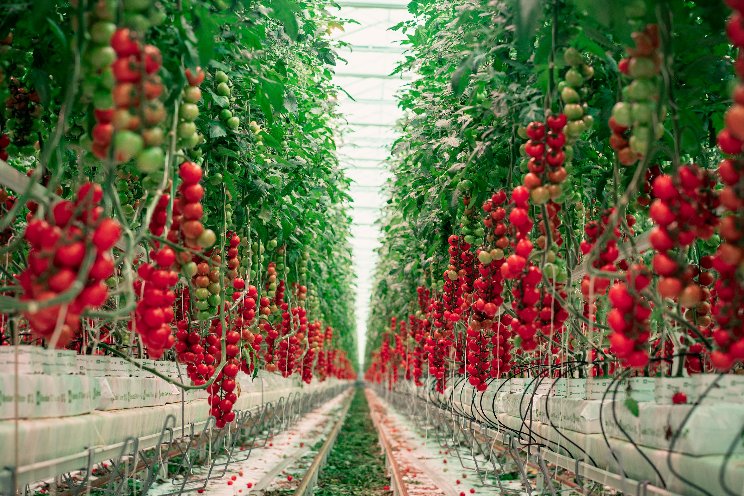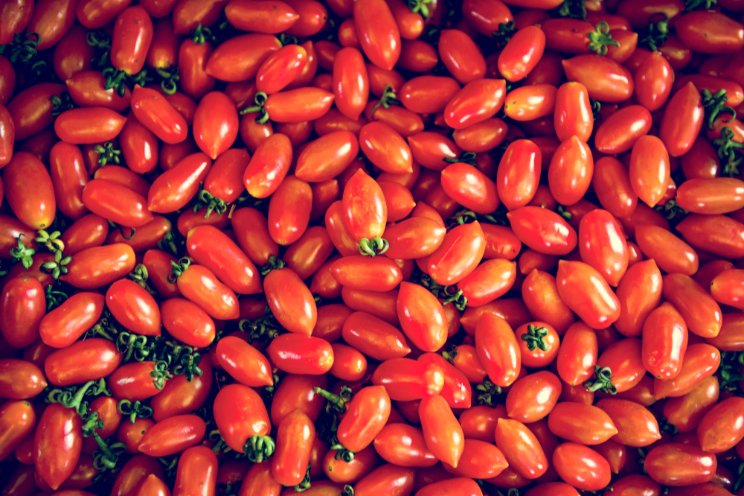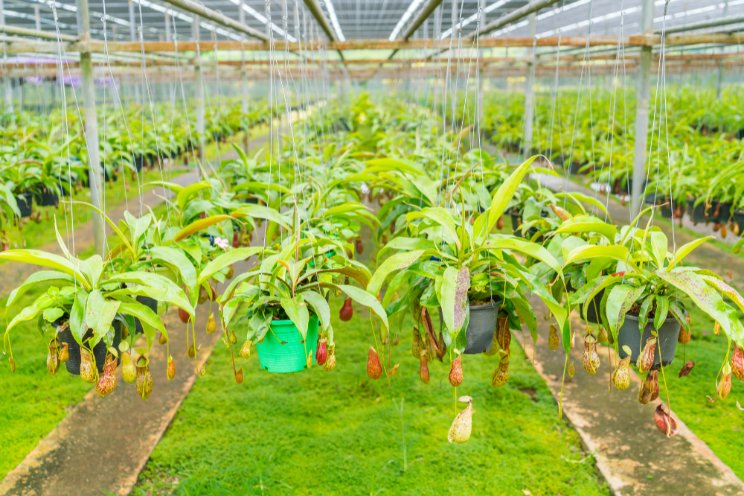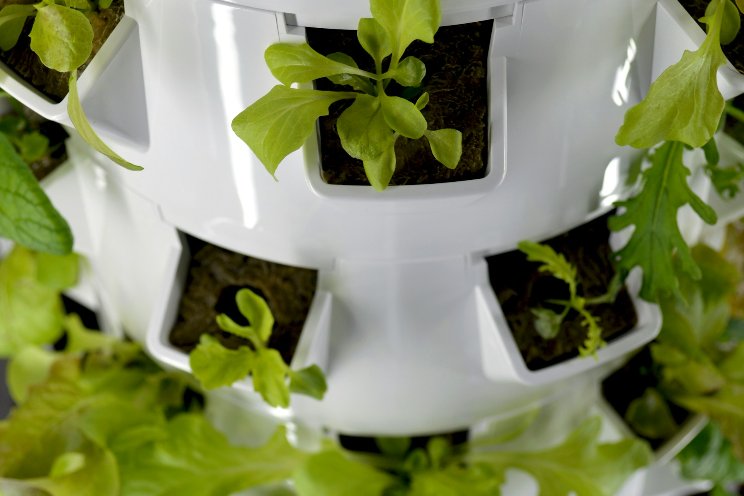Caring for roots creates healthy rose foliage
Added on 03 February 2020
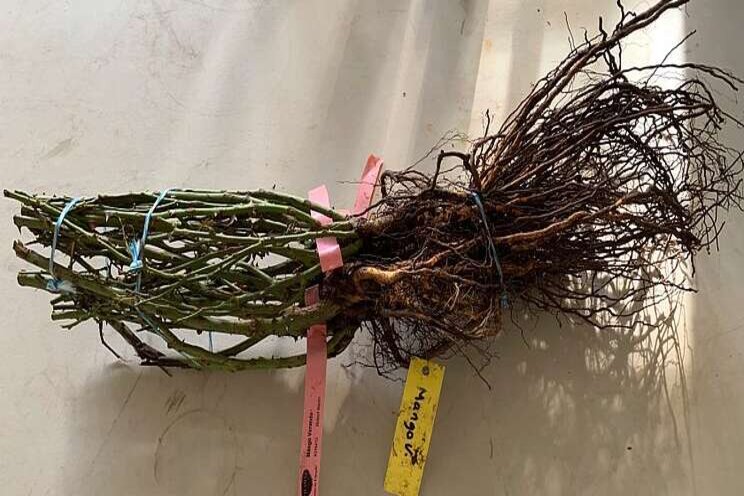
"The care and attention a rose gets underground is even more important than the care a rose is given above ground." -- Sam Jones, Master Rosarian
The root system
Roots have two functions.
Anchor roots are long, thick roots you see when you plant a bare-root rose. These roots will support the canes until the thousands of feeder roots develop. You want your planting hole to comfortably accommodate these roots, so dig a hole 18 inches deep and 24 inches wide. Cut broken roots, but don't bend or shorten them to fit the hole. Irrigate deeply to encourage downward growth of these roots. This especially helps the plant in the summer.
Feeder roots are thin and fibrous. They absorb air, water and nutrients from the soil and provide nutrients in a liquid form to the plant so it can produce beautiful blooms and healthy foliage. These roots, which are fragile, grow best in a light, porous soil and can easily grow to a width of 2 to 3 feet. When you transplant a rose, dig a big rootball to avoid the shock that occurs when you break the feeder roots and impede water absorption to the plant.

Healthy soil is crucial
A porous, organically rich soil encourages deep growth of the anchor roots and ample food, air and water for our roses' feeder roots. Soil contains important microorganisms such as bacteria, algae and fungi, but we need to periodically apply organic material such as compost, aged manures, humic acid and mulch into and onto our soils to ensure that the roots have the nutrients to provide our roses with everything they need to flourish.
Mixtures of organic ingredients such as blood meal, bone meal, cottonseed meal, alfalfa meal, seaweed and fishmeal can be found in formulas such as Bio-Start, Ada Perry's Magic Formula, Mills Magic Rose Mix, Dr. Earth, BioSol or E.B. Stone. Add these to your soil this month following the instructions on the label. The microorganisms in our soil decompose these organics into a form that our plants' roots can absorb for the plants' use. Loose organically rich soil also attracts and encourages earthworms, which further benefit our roses by enriching the soil with their castings and opening up passageways for our plants' roots to grow.
Covering our soil with a 3-inch layer of organic mulch protects our roses' roots and enhances their function by keeping the soil at a moderate temperature in hot weather and also holding in water. Mulch also keeps the soil texture looser, allowing the feeder roots an expanded zone for growth and resulting in a greater intake of nutrients and water by the plant. Don't walk on rose beds or tamp down the soil with your feet when you plant a rose; you want to avoid impairing the transfer of oxygen to the roots.
Click here to read the complete article.
Photo Credit: Bob Martin, San Diego Union Tribune
Source: San Diego Union Tribune
More news










